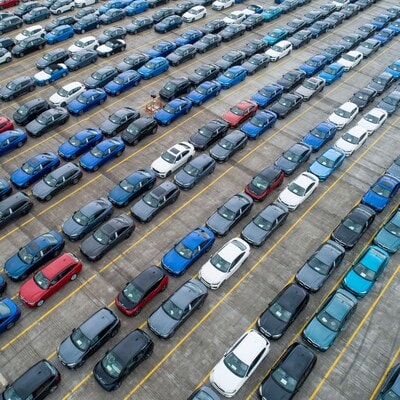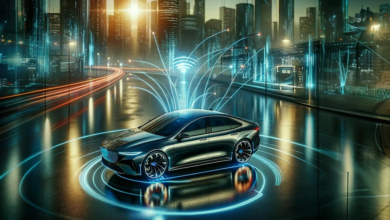Auto industry grew 19% in value in FY24 as SUVs become popular: Report | Auto

Despite high volume of registrations, average price of vehicles in India is cheaper compared to advanced economies
Abhijeet Kumar New Delhi
The number of vehicle registrations made the country the world’s third-largest automobile market after China and the United States, according to consultancy firm Primus Partners report titled ‘India Automobile Value Report – II’. The average price of vehicles in India remains low compared to more advanced economies.
Click here to connect with us on WhatsApp
The global auto industry grew by 12 per cent in terms of vehicles sold in 2023.
India’s UV and SUV segment grew 23 per cent in volume and 39 per cent in value in FY24, driven by consumer preferences for higher segment vehicles, hybrid powertrains, automatic gear systems, and premium features such as sunroofs. The trend led to a 16 per cent increase in average price of UVs and SUVs.
“India’s automobile industry is growing faster in value compared to the number of units produced. This is because customers are preferring higher quality and higher feature vehicles,” said Anurag Singh, managing director at Primus Partners.
The passenger vehicles (PV) segment saw a 9 per cent decrease in volume. Despite a 5 per cent increase in price, the overall PV value declined by 4 per cent. The two-wheeler (2W) segment experienced a 10 per cent growth in volume and a 3 per cent increase in price, contributing to a 13 per cent rise in value.
The three-wheeler (3W) market saw a 16 per cent increase in volume, with an 8 per cent rise in price leading to a significant 24 per cent growth in value. The commercial vehicles (CV) segment grew 3 per cent in volume and 4 per cent rise in price, resulting in a 7 per cent growth in value.
India produced 280 million vehicles in FY24, with two-wheelers accounting for 76 per cent of total. Four-wheeler passenger vehicles generated the highest value share, contributing 63 per cent to the industry’s Rs 10.2 trillion value. Notably, UVs, while only making up 10 per cent of the production volume, contributed a significant 46 per cent to the total industry value.
What were the major growth drivers for the automobile industry?
Consumer preferences are strongly tilted towards UVs and SUVs due to their spacious interiors, higher seating positions, and superior ground clearance, making them well-suited for Indian road conditions.
The report also highlighted the dynamic nature of the Indian automobile market and its potential for continued growth, particularly in the UV and SUV segments. With increasing consumer preferences for premium features and higher segment vehicles, noting that the shift towards EVs and Hybrids is likely to continue this fiscal as well.
Singh said the volume growth in most segments is likely to remain muted in FY25. “The price growth is likely to be strong as customers are preferring higher specification vehicles,” he said.



